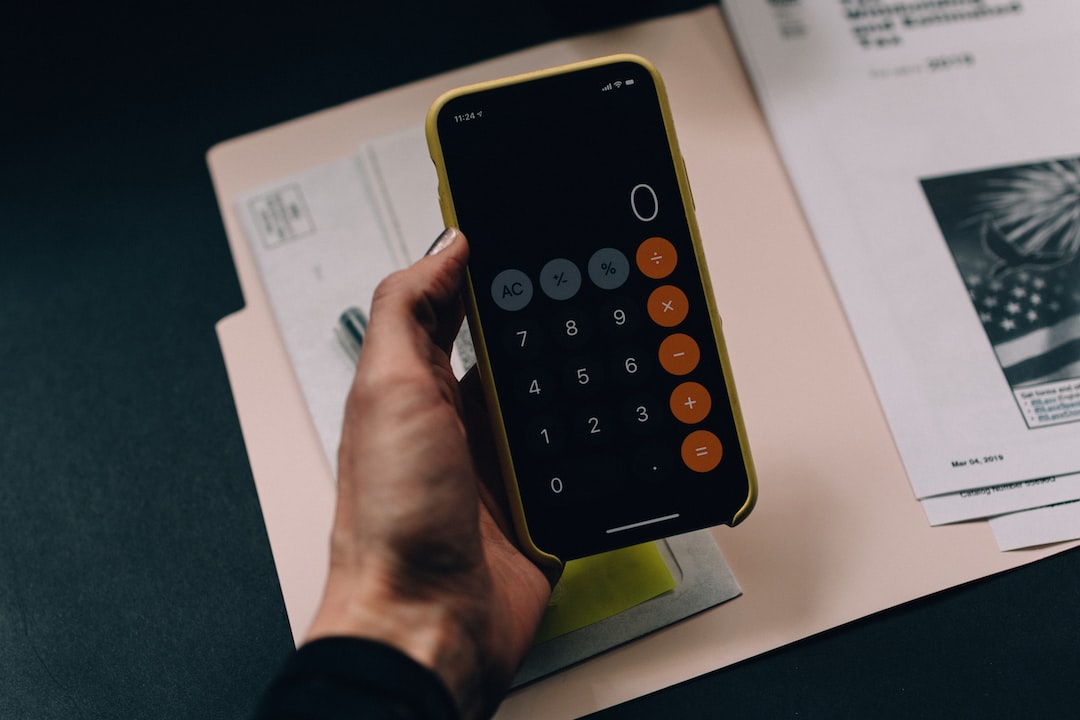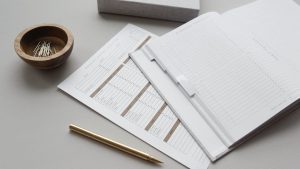Forex patterns refer to the repetitive formations that occur in the price movement of currency pairs. These patterns can be used to predict future price movements and can be a valuable tool for traders. In this article, we will discuss how to trade forex patterns.
Step 1: Identify the Pattern
The first step to trading forex patterns is to identify the pattern. There are several patterns that traders look for, including:
– Head and shoulders
– Double top/bottom
– Triangle
– Flag or pennant
– Wedge
Each pattern has its own unique characteristics that traders look for. For example, a head and shoulders pattern consists of a peak (the head) flanked by two smaller peaks (the shoulders). Traders look for this pattern as it indicates a potential trend reversal.
Step 2: Confirm the Pattern
Once you have identified a pattern, the next step is to confirm it. This is done by looking for specific criteria that must be met for the pattern to be valid. For example, in a head and shoulders pattern, the neckline must be broken for the reversal to be confirmed.
Step 3: Determine Entry and Exit Points
After confirming the pattern, the next step is to determine the entry and exit points. Traders will typically enter a trade once the pattern is confirmed and the price breaks through a key level. They will then set a stop-loss order to limit their losses if the trade goes against them.
Traders will also set a take-profit order to exit the trade once the price reaches a certain level. This allows them to lock in profits and avoid holding onto a trade for too long.
Step 4: Manage the Trade
Managing the trade is an important part of trading forex patterns. Traders will monitor the trade closely and adjust their stop-loss and take-profit orders as needed. They may also add to the position if the price continues to move in their favor.
It is important to note that not all forex patterns are reliable, and traders should always use proper risk management techniques to limit their losses. Additionally, traders should not rely solely on patterns to make trading decisions, but should also consider other factors such as market trends and economic indicators.
Conclusion
Trading forex patterns can be a valuable tool for traders, but it requires careful analysis and risk management. Traders should identify and confirm patterns, determine entry and exit points, and manage the trade closely. By following these steps, traders can use forex patterns to predict future price movements and make profitable trades.





